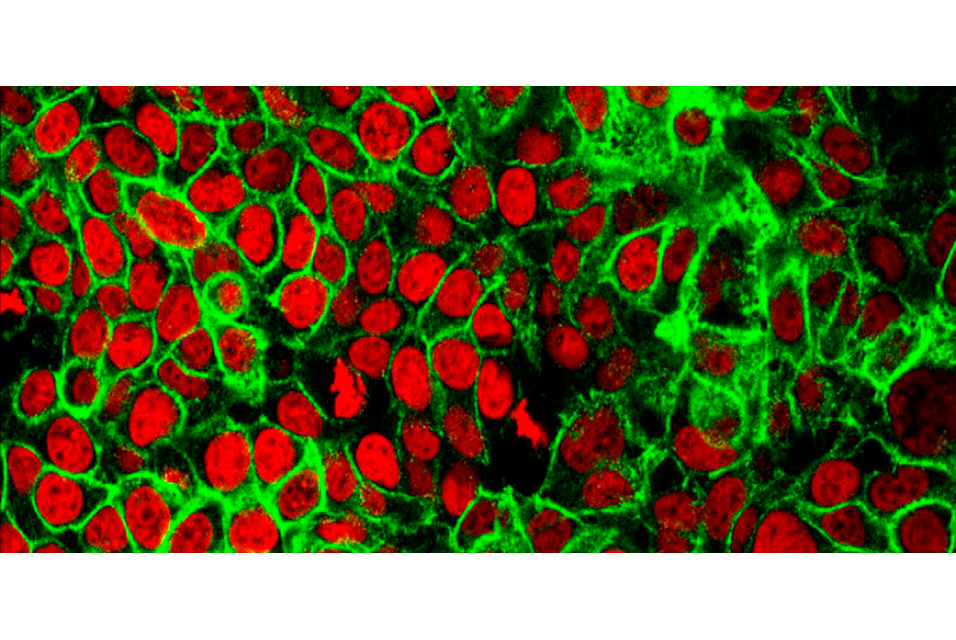LAUSANNE.- In a study for the Swiss Federal Office for the Environment
EPFL’s International Risk Governance Center has brought together a group of global experts to point the way forward for international policymakers grappling with the risks and benefits posed by Carbon Dioxide Removal and Solar Radiation Modification.
Anthropogenic climate change poses severe risks to people and ecosystems, especially the most already-vulnerable among them. The Intergovernmental Panel on Climate Change (IPCC) indicates in its latest reports that, in order to comply with the global warming goals provided for by the Paris Agreement (limit the increase in the global average temperature to well under 2°C above pre-industrial levels), there is a need to reach global net-zero CO2 emissions in the second half of this century, and carbon removal will be needed.
Some climate engineering technologies are being developed to remove CO2 from the atmosphere (carbon dioxide removal, CDR), which is expected to contribute to reducing and preventing climate change. Some other technologies (grouped under the term of solar radiation modification, SRM) would artificially cool the planet and could reduce some symptoms and consequences of climate change. Meaningful steps may need to be taken soon to lay a foundation for a decision process regarding research, policy, regulation and possible use.
On June 18, EPFL International Risk Governance Center released International Governance Issues on Climate Engineering, a study conducted for the Swiss Federal Office for the Environment (FOEN). The reports four chapters, authored by experts in the field, draw together information and recommendations relevant to international policymaking in this area. "Policy decisions must strive to be based on evidence and a shared, robust understanding of the potential opportunities and risks, across disciplinary and applied perspectives" states Marie-Valentine Florin, executive director of IRGC.
The report provides an overview of the two classes of emerging climate engineering technologies CDR and SRM regarding their potential to contribute to climate change reduction, and their readiness level, cost and risks, as well as a survey of the general norms and existing international agreements that govern the use of the techniques. It also analyses trade-offs between risks and approaches to resolve them, evaluates possible policy options and approaches for international governance of climate engineering. The report notes the pervasive scientific uncertainty that characterizes both CDR and SRM, and suggests that adaptive approaches are needed to reducing uncertainty and deploying the most appropriate technologies and governance mechanisms.
Recommendations from IRGC include the need to accelerate authoritative, comprehensive and international scientific assessment, to review the overarching framing of climate engineering as part of international climate policy, and to encourage the research, development, and responsible use of some CDR techniques. It also recommends that we help build capacity for evaluating CDR and SRM in some of those countries that lack the resources to do so, that we facilitate the elaboration and implementation of non-state governance, and that we explore potential further governance of SRM while remaining agnostic concerning its ultimate use.










